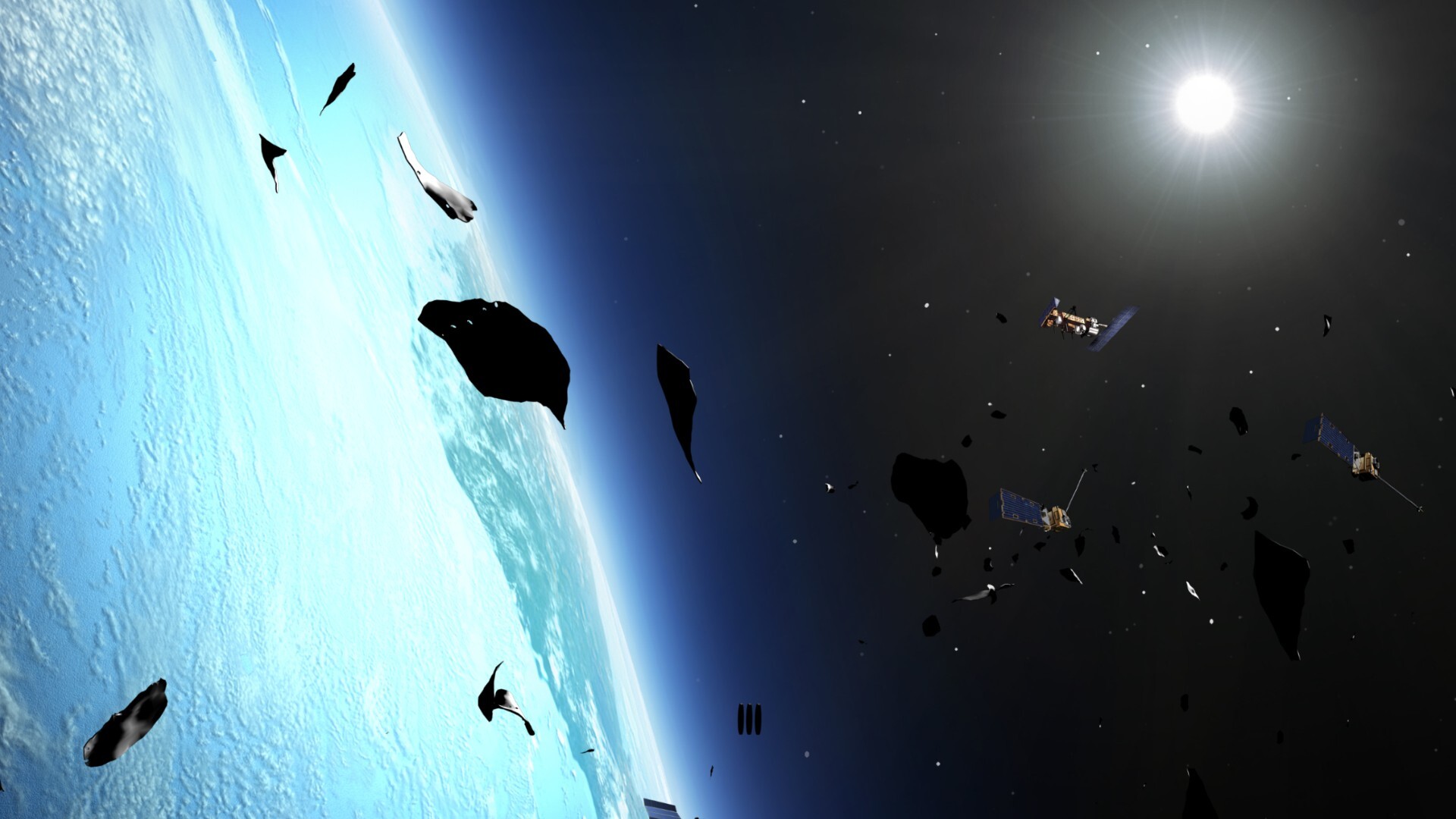Huge Space Clouds May Have Caused Mass Extinctions
Giant space clouds of gas may have changed the climate or atmosphere on Earth and fueled mass extinctions millions of years ago, scientists said Thursday.
In one scenario, the solar system passed through a dense cloud of interstellar material, causing Earth to ice over. In the other, the solar system passed through less dense clouds that destroyed the planet's protective ozone layer, raising levels of harmful ultraviolet radiation.
The possibilities, based on modeling but not yet supported by solid evidence, were presented in the journal Geophysical Research Letters.
Mass extinctions have occurred in Earth's past. That much is clear, from the fossil record. But what cause them is less certain. A widespread die-off 65 million years ago, which wiped out the dinosaurs and many other species, is thought by most scientists to have been caused by an asteroid impact.
Other extinctions have been attributed to impacts, climate change, cosmic rays, exploding stars, increased volcanic activity and even global warming. Multiple events may have conspired to make life difficult in any one of the five known worst mass extinctions.
The idea that we pass through clouds of galactic debris is not new. In fact, a 2003 study found that we're traveling through a mild one right now.
How would space clouds trigger death?
Breaking space news, the latest updates on rocket launches, skywatching events and more!
"Computer models show dramatic climate change can be caused by interstellar dust accumulating in Earth's atmosphere during the solar system's immersion into a dense space cloud," said Alex Pavlov, principal author of both papers and a researcher at the University of Colorado, Boulder.
The dust layer would hover around Earth, reducing the amount of sunlight reaching the planet while letting terrestrial heat escape into space, creating a snowballing chill.
"There are indications from 600 to 800 million years ago that at least two of four glaciations were snowball glaciations," Pavlov said. "The big mystery revolves around how they are triggered."
Moderately dense space clouds, the sort that might destroy the ozone layer, are huge, Pavlov points out, and the solar system could take up to 500,000 years pass through one. Extra cosmic rays produced during such an event, owing to interactions of the interstellar dust with the Sun, would break up nitrogen molecules in Earth's atmosphere, leading to ozone destruction.
Pavlov said the work, supported by NASA, might be testable. Geologists could look for higher amounts of uranium 235 in soil layers corresponding to the time of known glaciations. Uranium 235 can't be produced naturally in the solar system.

Rob has been producing internet content since the mid-1990s. He was a writer, editor and Director of Site Operations at Space.com starting in 1999. He served as Managing Editor of LiveScience since its launch in 2004. He then oversaw news operations for the Space.com's then-parent company TechMediaNetwork's growing suite of technology, science and business news sites. Prior to joining the company, Rob was an editor at The Star-Ledger in New Jersey. He has a journalism degree from Humboldt State University in California, is an author and also writes for Medium.
